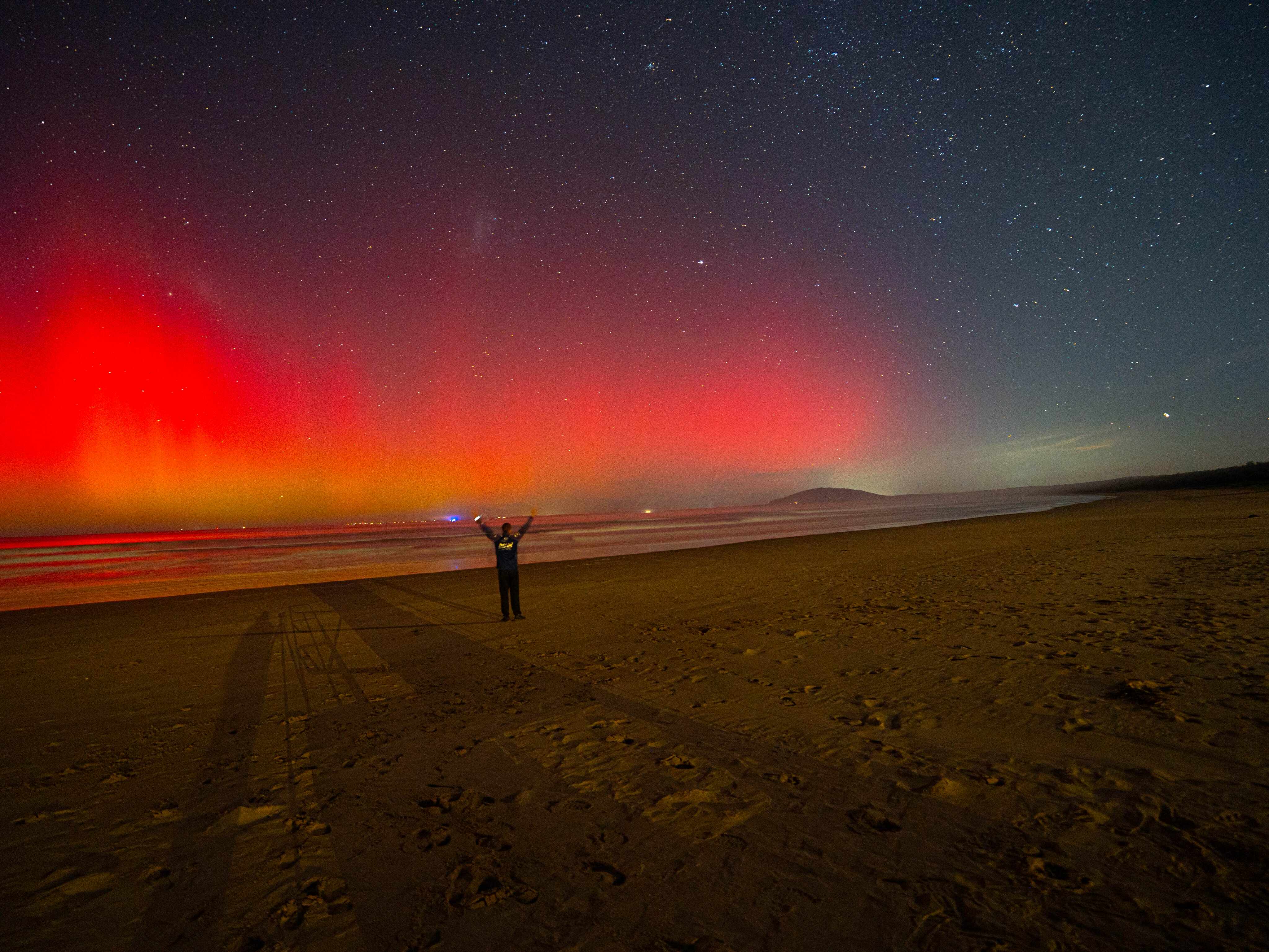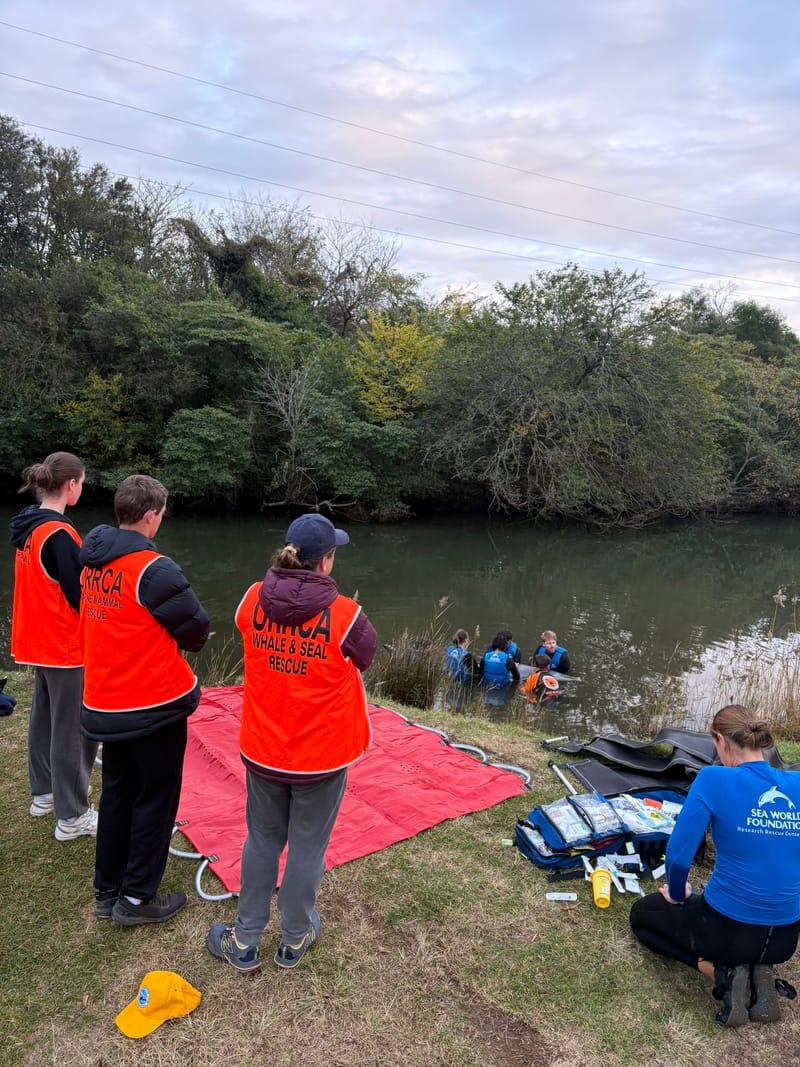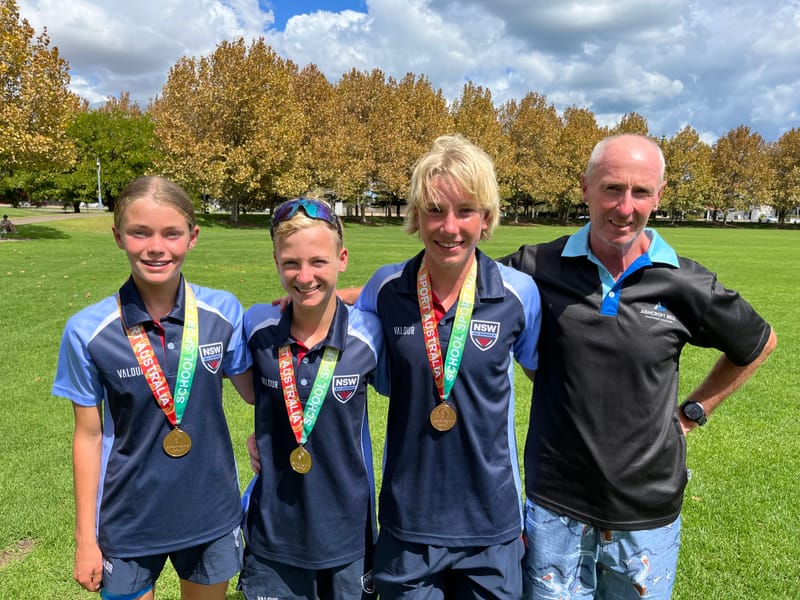Thousands thrilled as Aurora Australis is visible throughout the Illawarra
I had planned relatively well, or so I thought. My alarm was set for 8:30PM and … that was about it. After an alert went out from the Aurora Australis Facebook page, we rushed out the door earlier than expected and made our way to Bald Hill...

I had planned relatively well, or so I thought. My alarm was set for 8:30pm and … that was about it.
After an alert went out from the Aurora Australis Facebook page, we rushed out the door earlier than expected and made our way to Bald Hill, Stanwell Tops. It gave the perfect view south for what was shaping up to be one of the most amazing aurora events since October. And it didn’t disappoint. Thousands across the Illawarra got to witness this incredible phenomenon. Me? Well, we went home after two hours, unprepared for the wait or the cold and missed the main show.
Auroras are caused by solar activity such as solar flares, and Coronal Mass Ejections (CME) when the sun spews charged particles – such as electrons and protons – towards the earth. Once these particles hit the Earth’s magnetic field, they’re redirected towards the poles interacting with the gases in our atmosphere and creating shimmering displays.
We’ve had a day or so of notice about the June 1 event, when a couple of earth-facing CMEs were observed and a geomagnetic storm rating of G4 was expected. (Storms are rated from G1-G5 with G4 being severe and auroras likely).
And we still weren't ready. So here's my guide how to prepare for the next aurora event.
Get alerts
If you’re an amateur like me, your best bet is to follow pages like Aurora Australis on Facebook and the Space Weather Prediction Centre, which will give you an idea of how likely an aurora is, and how strong the associated geomagnetic storm is. I particularly like the Facebook page because you will see, in real time, people commenting on what they're seeing at various locations. It also gives you great photos to inspire you while you wait.
Look south
You want a site that faces south and that doesn’t have a lot of light pollution. Popular local spots are Gerroa Headland and Bald Hill, but these get full of cars and people – anywhere with a view south will do and you won't end the night in bumper-to-bumper traffic. Lower intensity storms and factors such as the moon brightness can affect what you see, with some auroras only being visible much further south.
Set expectations
In Australia, the aurora is rarely visible with the naked eye. The June 1 event was particularly strong and locals have reported being able to see a red glow and faint beams of white moving across the sky. The really bright, detailed images online are generally captured with long exposure photography. The good news is many modern phones that can be set for longer exposure are able to capture the aurora. You just need to keep the phone very still so balance it on your knees or use a tripod.
Be prepared
This is where we failed. Like all natural phenomena, the aurora is unpredictable and will often put on a stellar display for a few minutes, only to fade and then ramp back up sometime later.
Rug up with loads of layers. To the folks wearing Oodies, I salute you.
Take a chair or rug and a thermos of something hot – it will get incredibly cold and you might be waiting hours.
And lastly, etiquette
The really popular spots get filled with huge crowds. If you can, find a spot away from the horde.
If you have to use a light, point it towards the ground and turn it off as soon as possible. The same goes for car headlights.
Be mindful of photographers around you who are setting up their shots, and stay behind them.
And most importantly, have fun.





